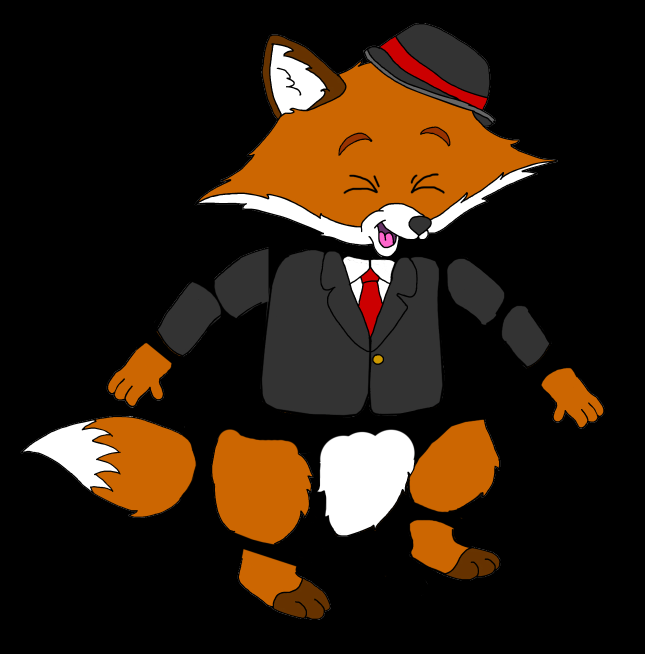After putting this idea forward to a few members of the group, we decided to spend today researching which actors could be suitable for the role. Through a Google search, I found some good images that show different characters played by a range of actors:
 |
| Jack Nicholson's characters. |
 |
| Bill Murray's characters. |
 |
| Helena Bonham Carter and Johnny Depp's characters. |
 |
| Jim Carrey's characters. |
 |
| Robin Williams' characters. |













.jpg)

